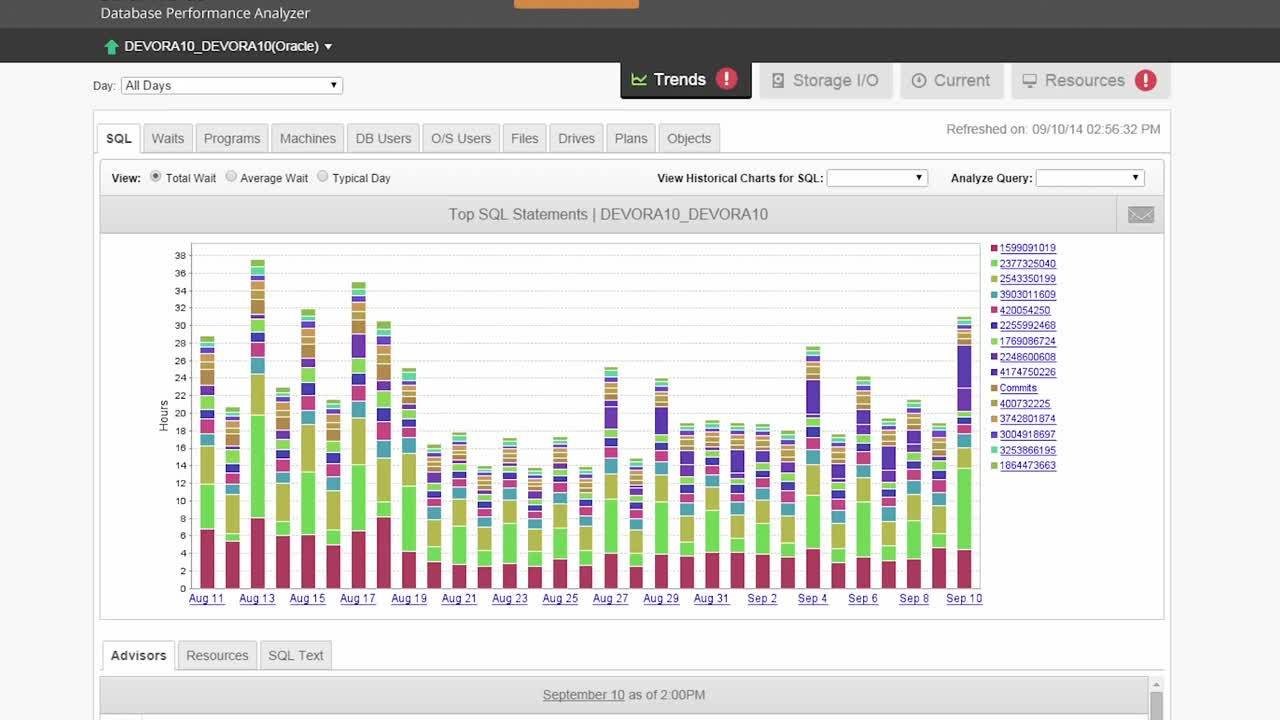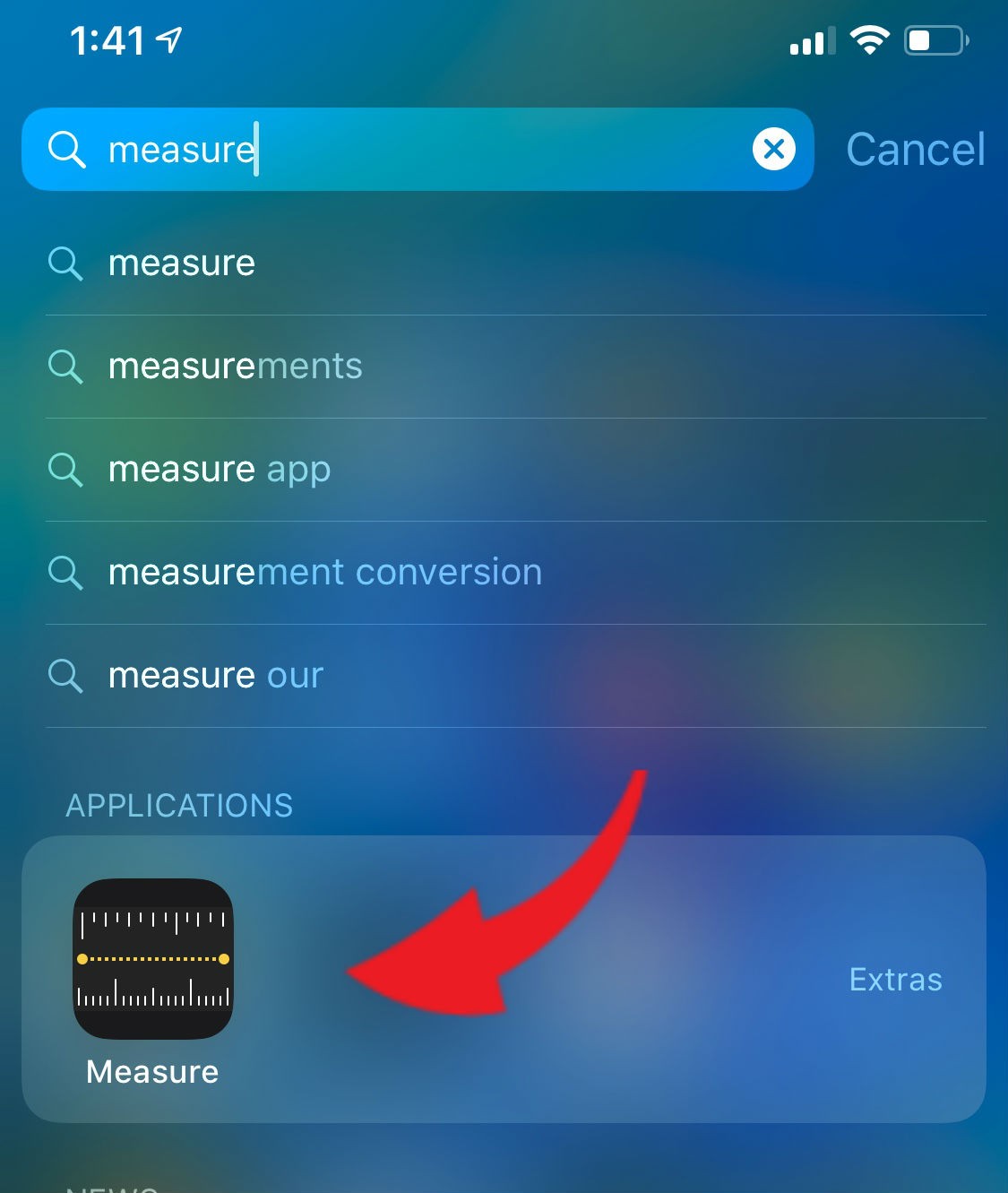
- #SURPLUSMETER MAC APP MAC OS#
- #SURPLUSMETER MAC APP INSTALL#
- #SURPLUSMETER MAC APP PRO#
The tool can even show you where those hosts are connected.
Darkstat (Linux) captures your traffic and organises it into reports for you by traffic per host, ports per host and more. BandwidthD (Linux) monitors your bandwidth, collects that information into a database, builds graphs and charts, and will display your total bandwdith used over time. It doesn’t have a lot of features on its own, but if you want to build something to collect bandwidth data, this tool will monitor your network interfaces. Ifstat (Linux) is a super-lightweight bandwidth monitor for Linux that supports Linux, BSD, Solaris, IRIX and more. While it also won’t collect bandwidth data and report totals to you, it lets you keep an eye on your total usage since your last system reboot. #SURPLUSMETER MAC APP MAC OS#
Activity Monitor (Mac) is built into Mac OS X.If you’d rather have a menubar app instead of a Dashboard widget, $US16 will get you iStat Menus. It’s not designed exclusively for bandwidth monitoring, but it will display activity and total usage.
#SURPLUSMETER MAC APP PRO#
iStat Pro (Mac) is a free Dashboard widget that, in addition to monitoring your bandwidth, keeps track of your overall system health. SurplusMeter (Mac) is a free Mac utility that gets the job done, complete with graphs and tallies of your daily, weekly and monthly bandwidth use and your total bandwidth used against your monthly cap. Freemeter (Windows) is a super-simple, no frills bandwidth monitor. The utility also does bandwidth shaping and will limit transfer rates for specific applications so they don’t slow down other applications (if you’re willing to pay for the $US20 Lite or $US30 Pro versions). NetLimiter (Windows) takes it a step further and tracks bandwidth used per application. It also tallies total usage by day, week and month, which you can then export. Networx (Windows) is a free utility that lives in the taskbar and will monitor bandwidth used on all adapters. Here are a few app suggestions to get you started: This method won’t catch any other devices on your home network, such as roommates, your smartphone or a tablet, but it will show you how much data your computers use during your regular activities. #SURPLUSMETER MAC APP INSTALL#
If your computer is the only one in your house, or your bandwidth use is the only use that matters to you, you can install a bandwidth monitor on your computer to track how much data you consume. This won't work if SSL port 443 isn't open on the destination.Install a Bandwidth Monitor On Your Computer If you're interested in the destination the process is talking to, but the destination IP address doesn't have a reverse DNS hostname (like in the previous example), then try visiting that IP address in a web browser as click the broken lock icon in the address bar, and view the certificate details to find out which domain is served there (*. in this case). If you're interested in what the process is transmitting over the network, use the client port number for that particular connection (e.g. If that doesn't solve it, find out if you can uninstall the process. If you don't want the process around, get the pid (the number next to the process name in nettop), and kill it with kill -9.


If you don't recognize the process name, Google it.

The 'd' instructs nettop to only show differences in each screen refresh. Then hit 'd' and look for odd-looking entries or entries with consistently large traffic in the 'bytes in' or 'bytes out' column. Better than lsof since it shows the usage data too. It is pre-installed, and refreshes every few seconds to provide a dashboard of all open network connections with their usage.







 0 kommentar(er)
0 kommentar(er)
